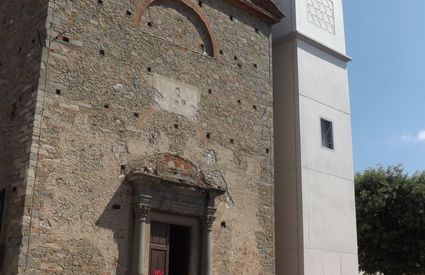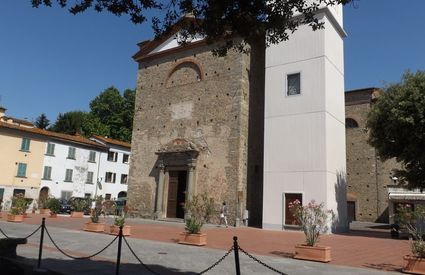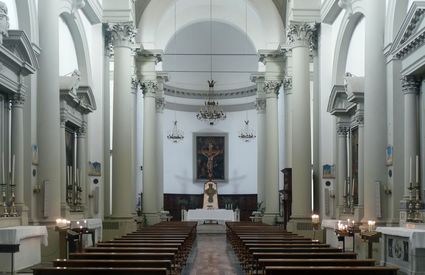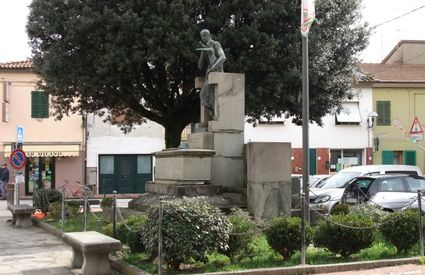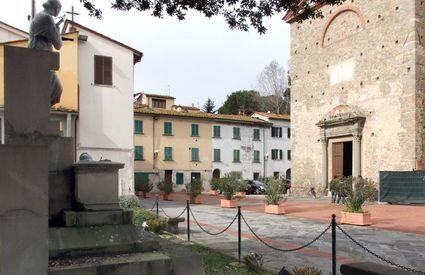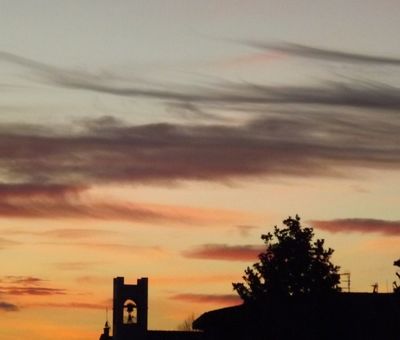Chapter #3
A difficult work
The remains of the mill
in the small hamlet of Molin Nuovo bear witness to what was always the main
trade in the area. Residents dedicated themselves to agriculture, and to the cultivation of flowers, jobs that were
possible after the eradication of the swamp, better known as the “Padule,”
which was nearby the actual town center.
Chiesina Uzzanese is laid out across the Tuscan "from Leonardo to Pinocchio" path, which comprises the hills of Vinci and Montalbano up until the steep slopes of Collodi. It's a land that is "a certain type of marvel, suspended-in-time."


